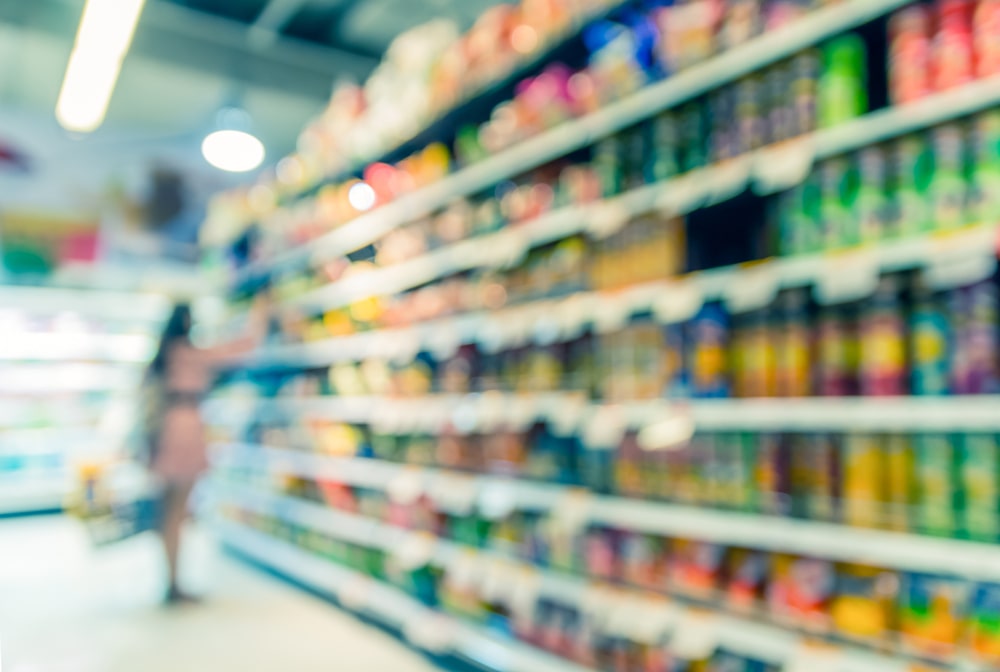

Summary
- The Covid-19 pandemic changed what and how the average consumer spent their income.
- In-store consumption was quickly replaced with online spending; at one stage, 37% of all retail sales were completed online. Online shopping vs in-store consumption remains above trend.
- Services consumption preferences have shifted to restaurants and away from expensive international air travel-based holidays.
This article is only available to Macro Hive subscribers. Sign-up to receive world-class macro analysis with a daily curated newsletter, podcast, original content from award-winning researchers, cross market strategy, equity insights, trade ideas, crypto flow frameworks, academic paper summaries, explanation and analysis of market-moving events, community investor chat room, and more.
Summary
- The Covid-19 pandemic changed what and how the average consumer spent their income.
- In-store consumption was quickly replaced with online spending; at one stage, 37% of all retail sales were completed online. Online shopping vs in-store consumption remains above trend.
- Services consumption preferences have shifted to restaurants and away from expensive international air travel-based holidays.
Introduction
UK retail sales volumes have little changed versus 2019 averages, with pandemic lockdowns seemingly having done little to change overall household consumption. Yet, how and what households are consuming has changed. Here’s what we found.
Consumers Favour Online Shopping and Going to Restaurants
Understand the Change in Goods Consumption
Retail sales volumes have dipped multiple times since 2019, usually in lockdowns (Chart 1). However, each time, they quickly recovered, exhibiting pent-up demand. The recovery was far from equal though. Online purchases initially boomed – they saw a near 60% increase in Q2 2020, while fuel and clothing purchases slumped. Clothing purchases have returned above 2019 levels.
Lockdowns forced a wider adoption of online shopping. At one stage, online purchases accounted for 37% of all retail sales volumes (Chart 2). The sudden uptake in online shopping was far faster than the trend would have predicted; stabilising above trend suggests there may be a long-term change in consumer habits.
Throughout Covid, there were short-term changes in consumer spending. Books, newspapers, stationary saw momentary optimism as consumers sought after new hobbies but have since continued their pre-pandemic declines. Other sectors, such as sports equipment, games, and toys, have found themselves more fortunate; stability and sustained growth in their proportion of online consumers demonstrate potential long-term change in consumer spending (Chart 3).
It is worthy to note though that increases in proportion of online spending did not necessarily lead to an increase in the overall volume purchased, emphasising that online spending was highly sought as an alternative, not a supplement, for consumption.
Consumers Substituting Restaurant for Holiday
Unsurprisingly, lockdowns caused a fall in services consumption. . However, it has since returned to a steady level just below 2019 data. Looking deeper, services preferences have changed. Transport remains 24% below 2019 levels. In contrast, consumers are going to restaurants 10% more than they did in 2019 (Chart 4).
With international travel restricted, air travel has seen the slowest recovery – it sits at 65% of 2019 levels (Chart 5). Our flight tracker shows this will improve as international departures continue to increase. This is supported by the simultaneous increase in UK tourist expenditure abroad, a likely result of holiday expenditure.
The restaurant and hotel sector accounted for a majority of sectors which recovered fastest from the pandemic. Schemes such as Eat Out to Help Out and restricted travel, quickly increased the consumption of restaurants and cafes likely as a substitute for being abroad. In comparison, canteens have struggled to recover to pre-pandemic levels highlighting a preference to go out now; restaurants and hotels are overall being prioritised more by consumers (Chart 6).
Clearly, the recovery of services consumption looks optimistic with its stable QoQ trend, but what we now prioritise as consumers has been redefined, and we must not be so naïve to exclusively rely on the pandemic to explain these changes as inflation looms.
Summary
The pandemic has had a lasting impact on consumer preferences. In-store shopping was rapidly replaced, and now more people are shopping online than the historic trend would suggest. Meanwhile, consumers are prioritising services with a social nature – eating at restaurants, for example.
